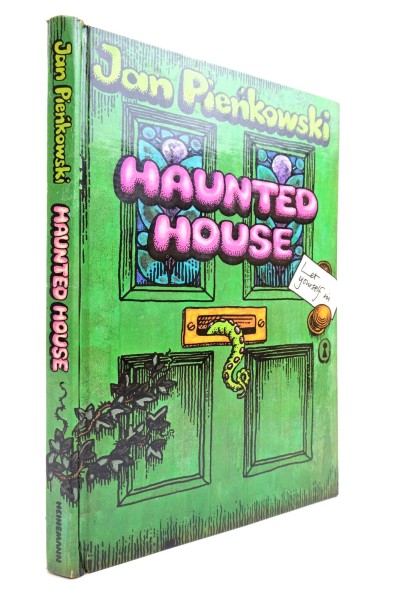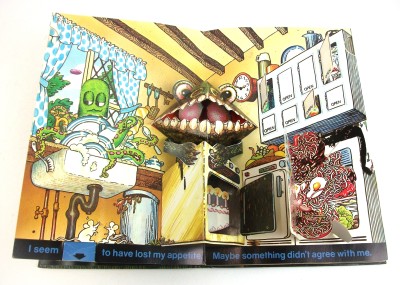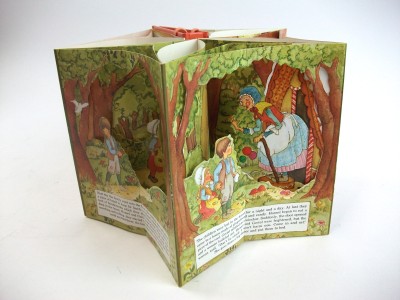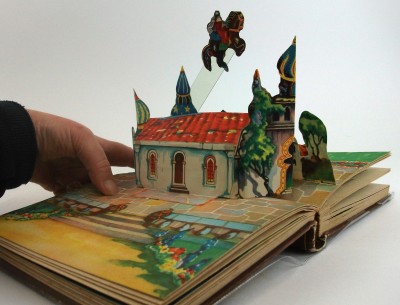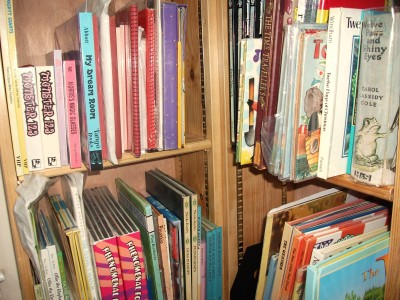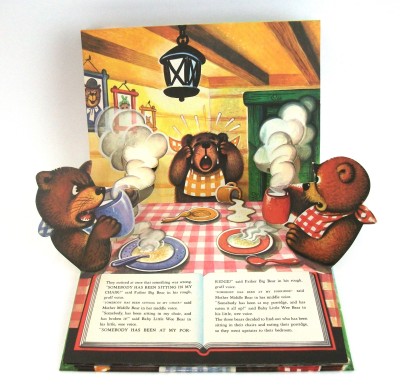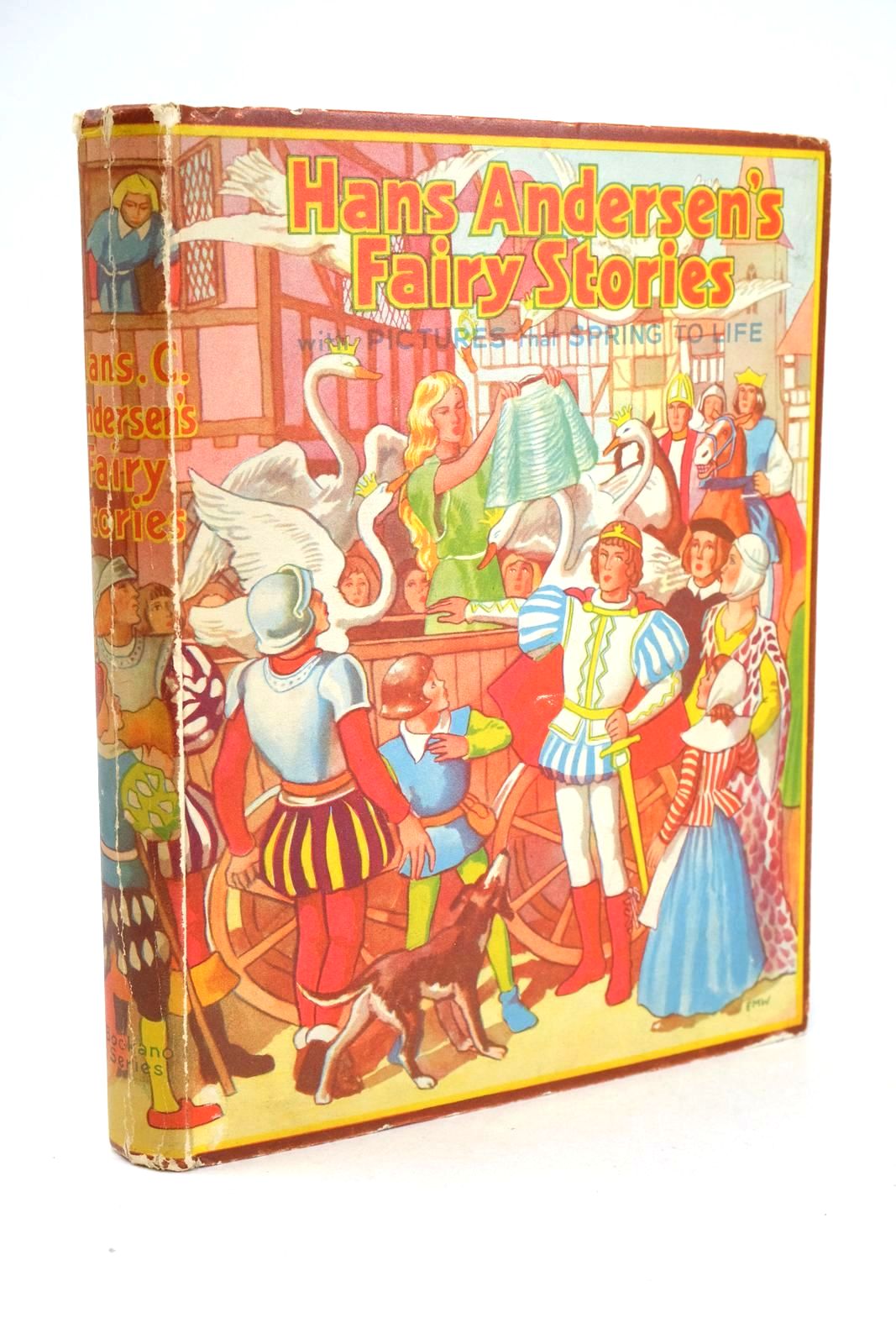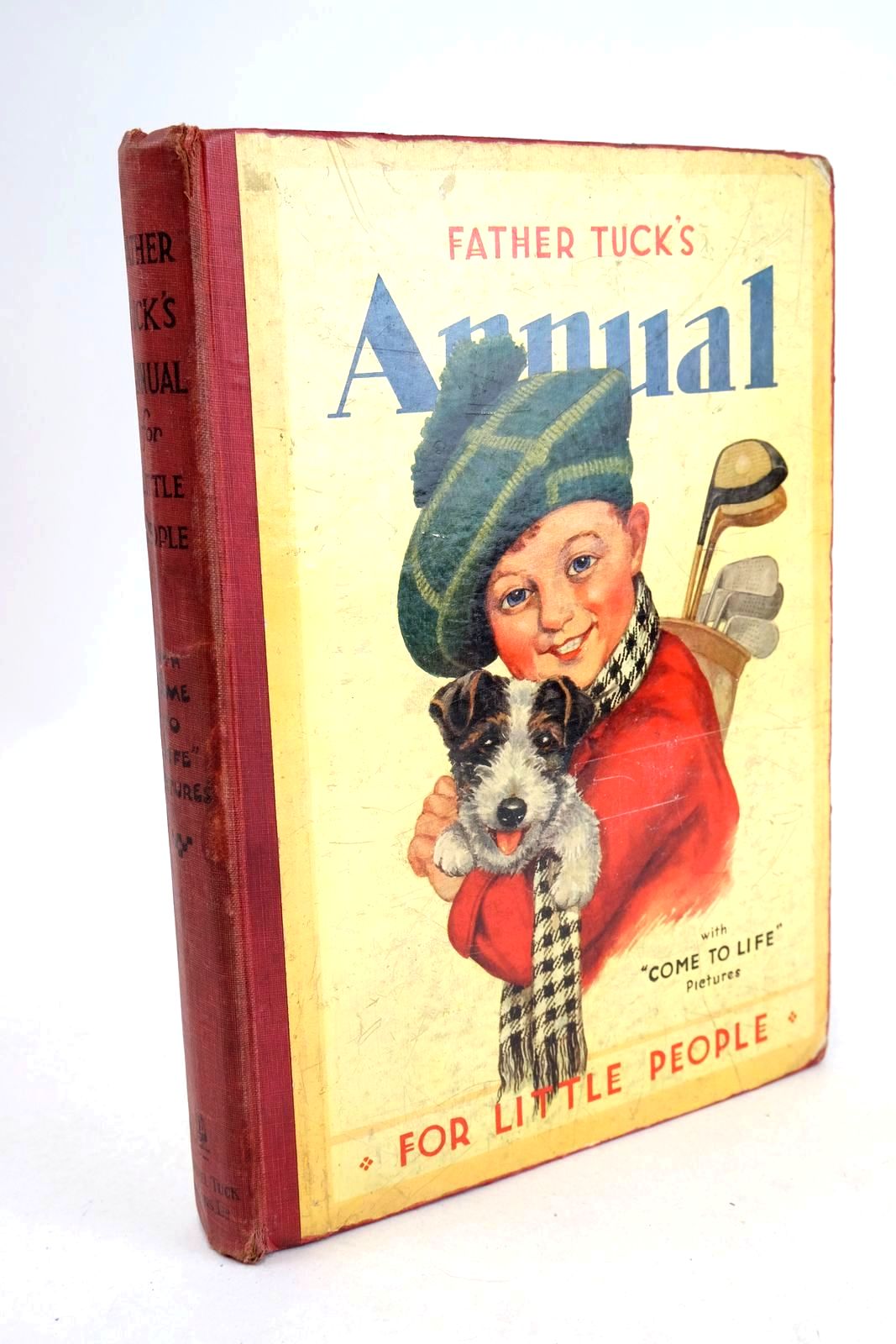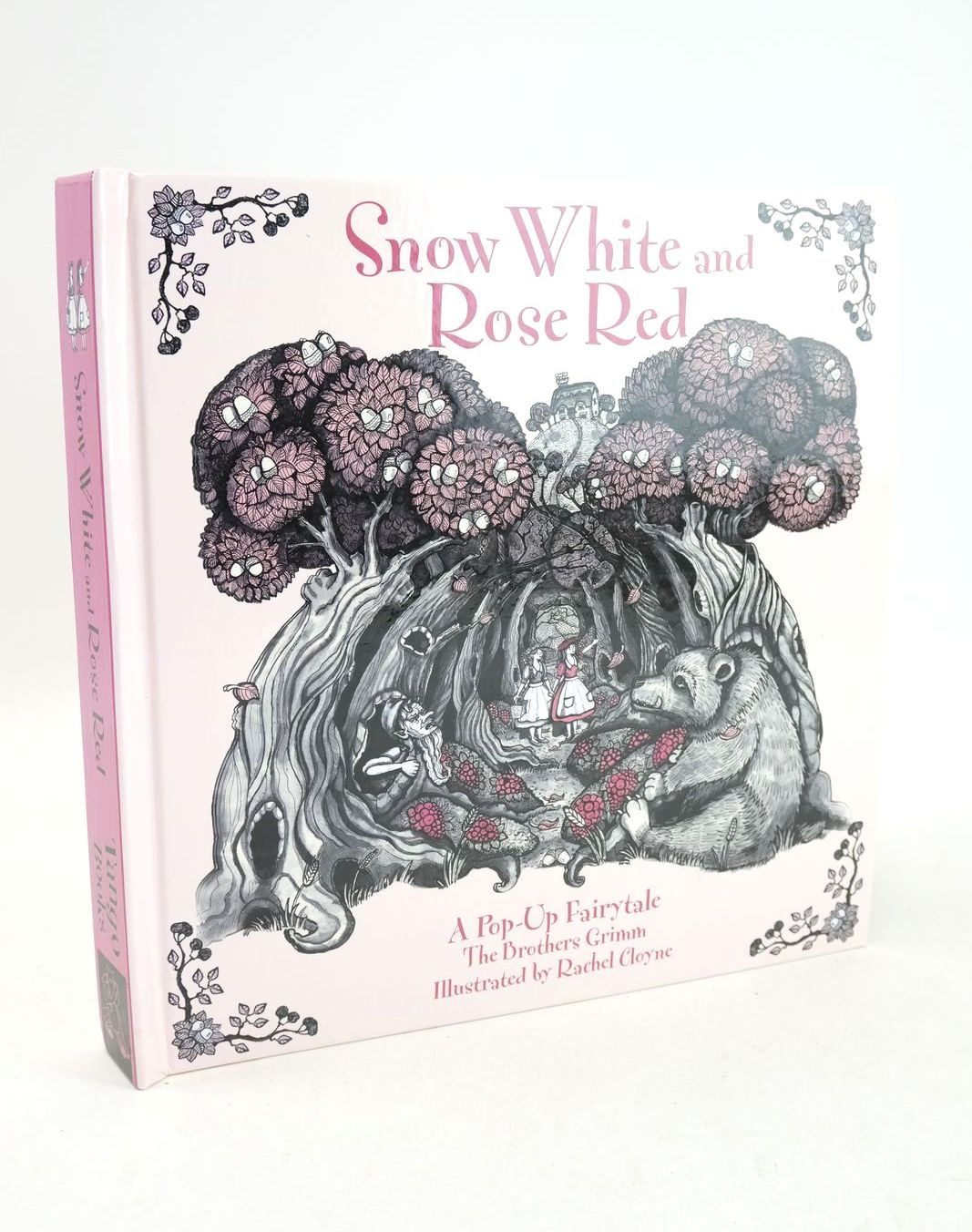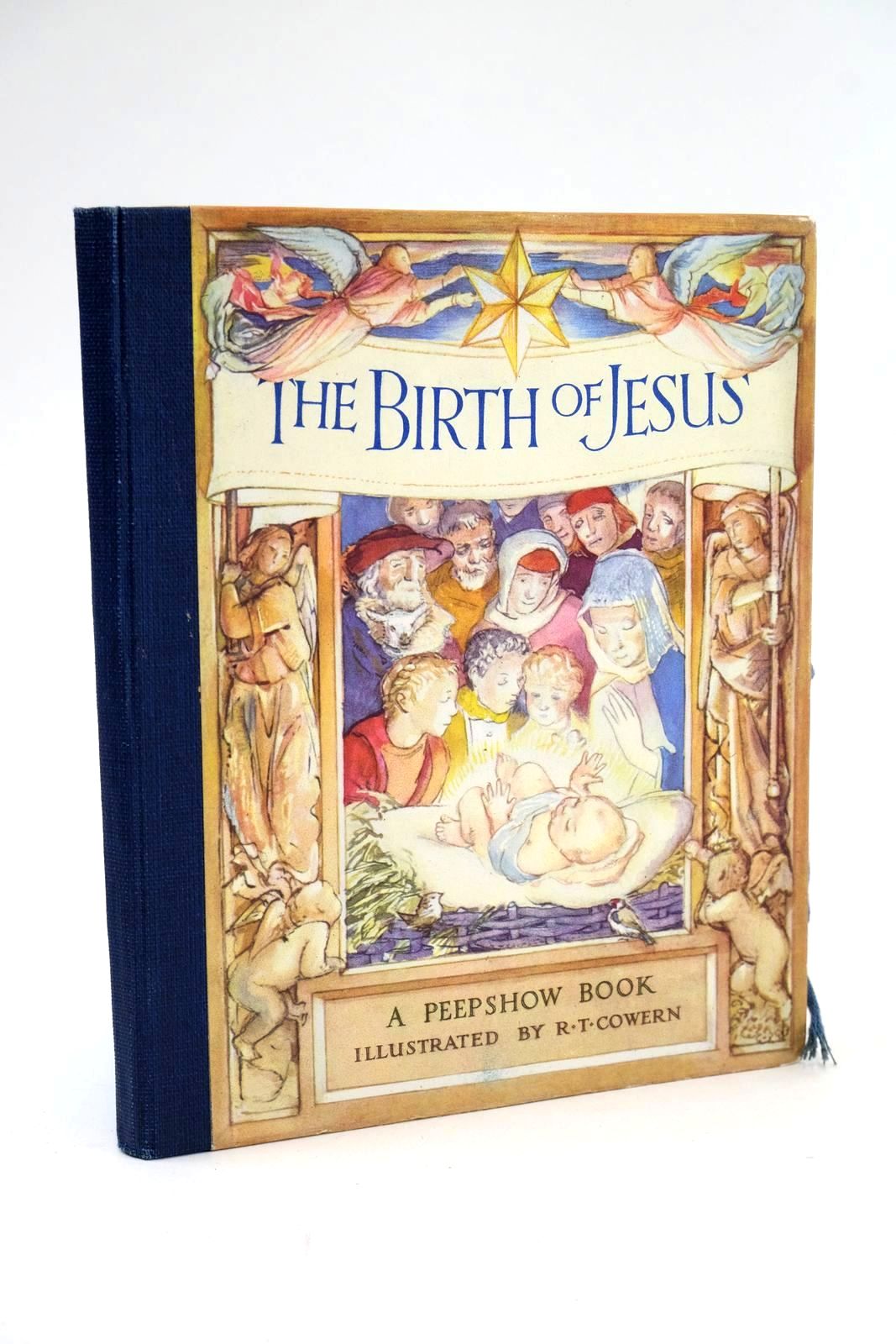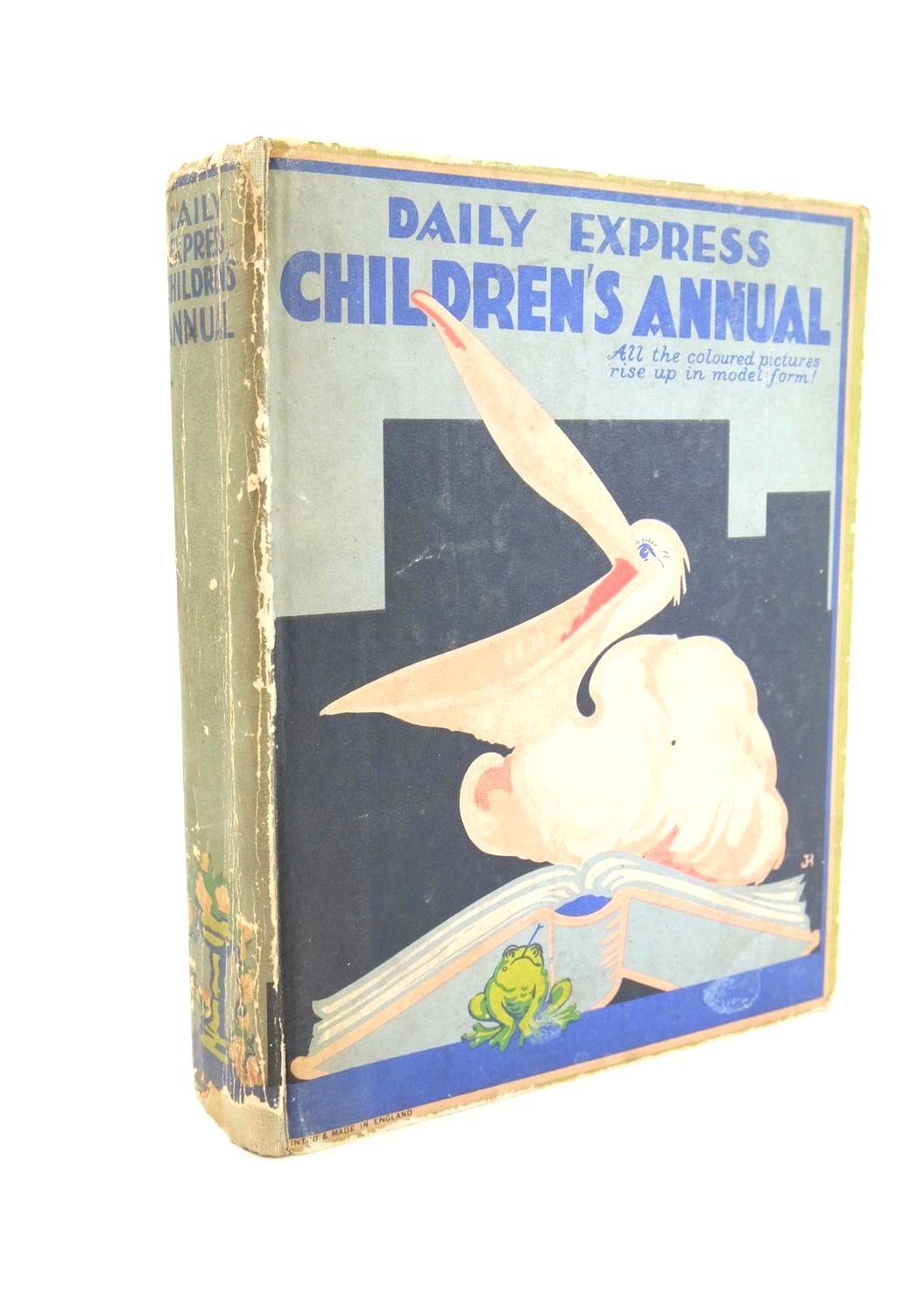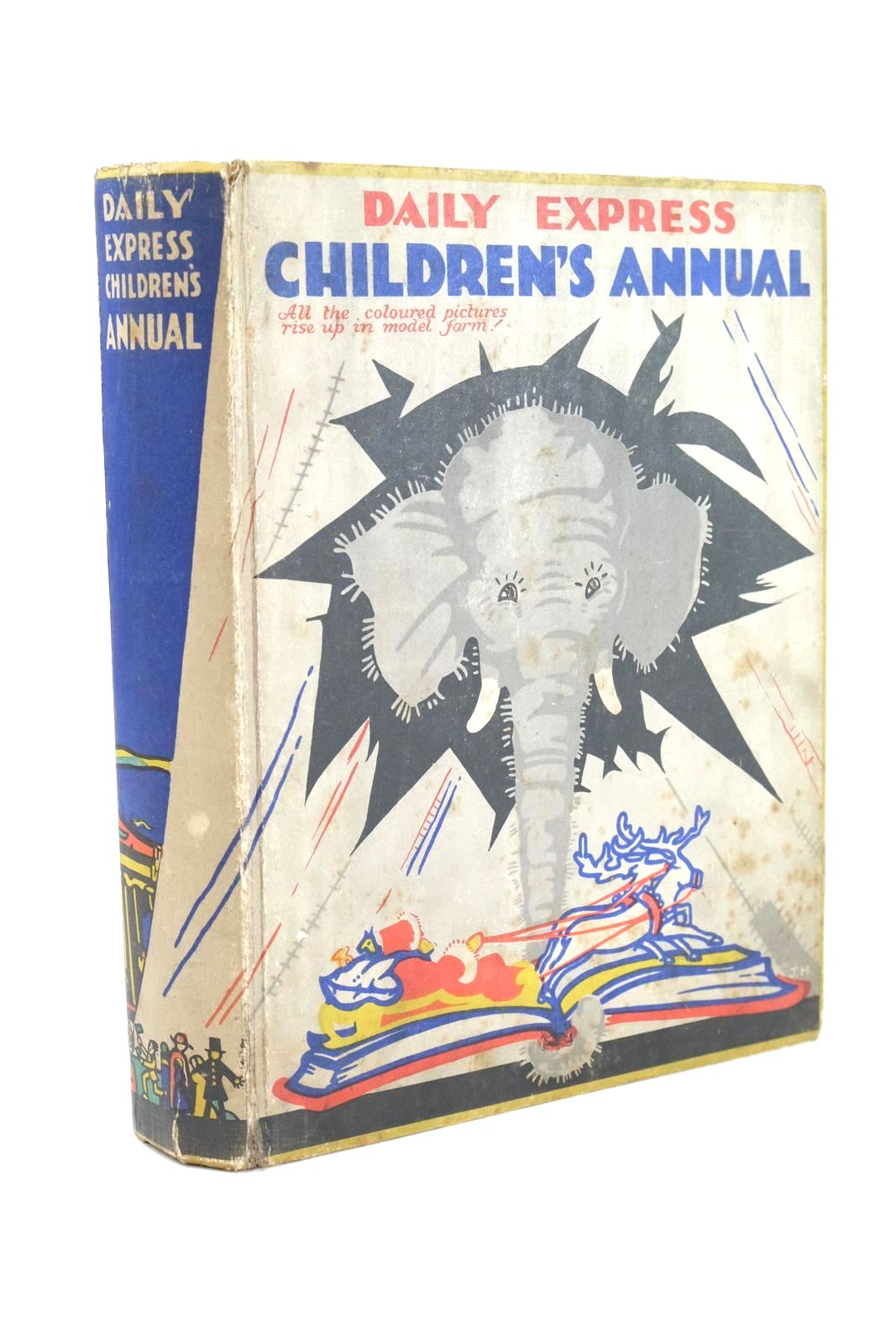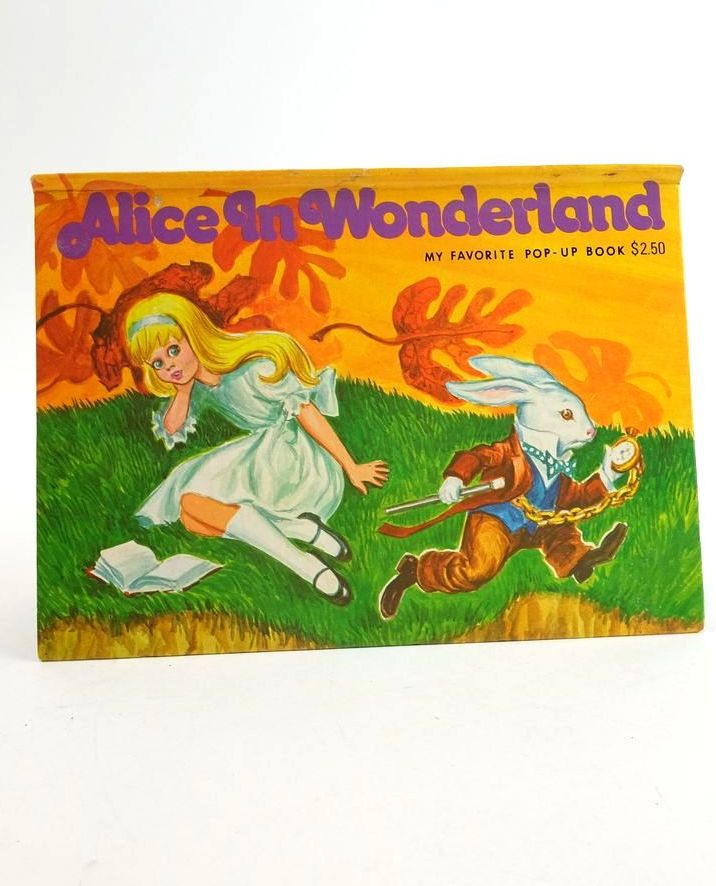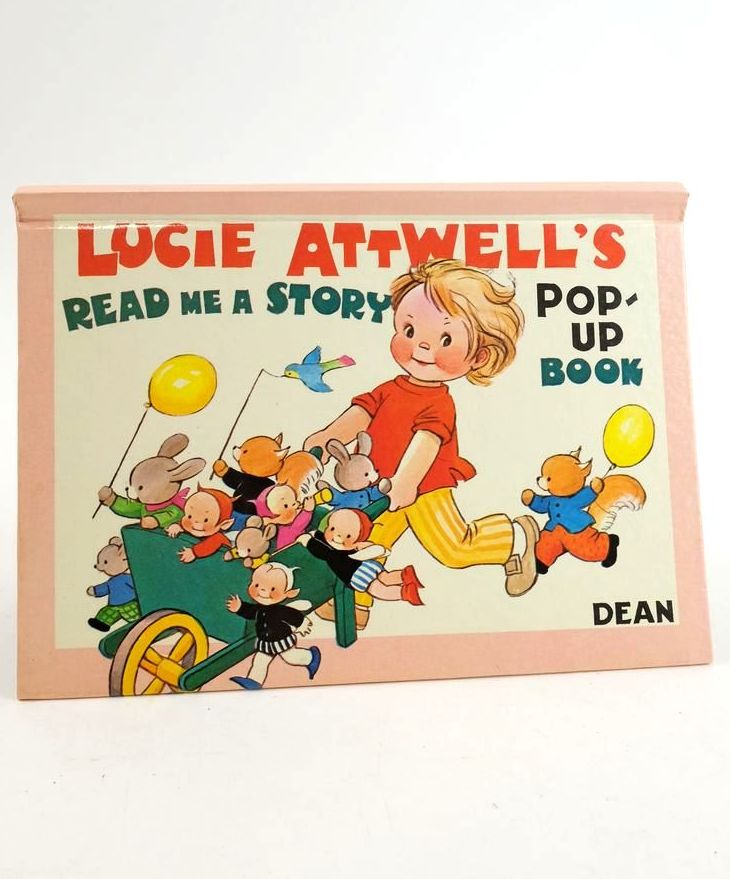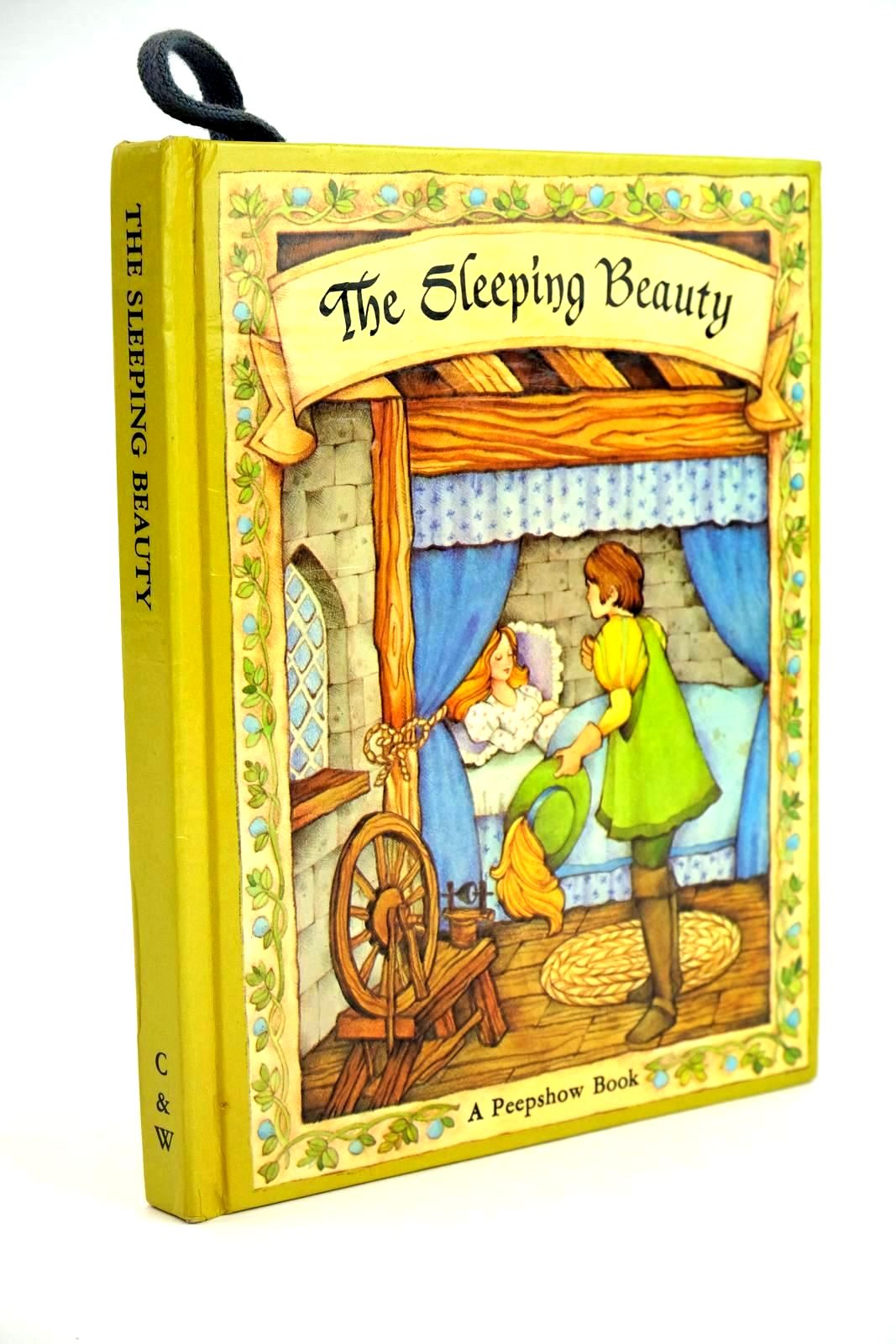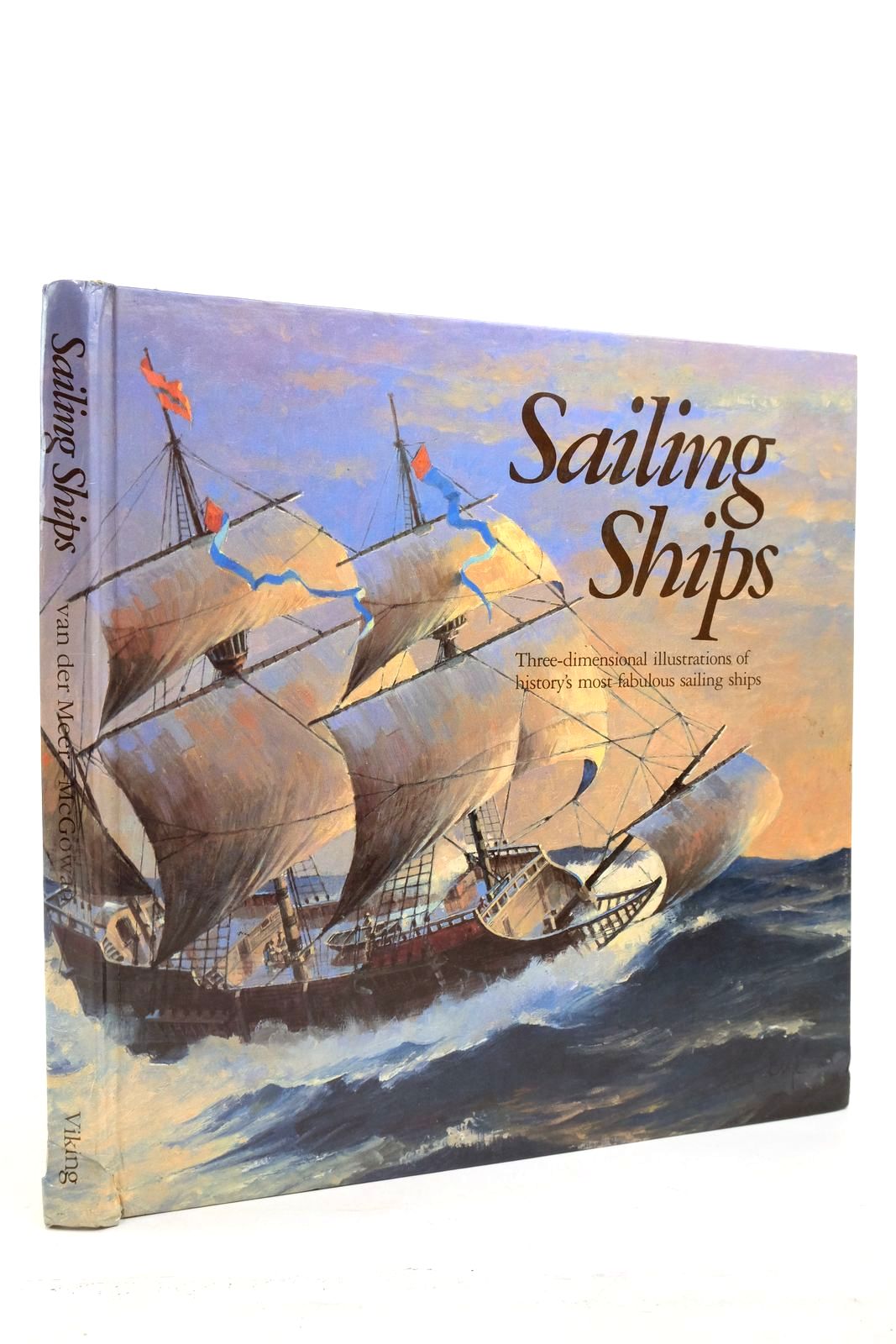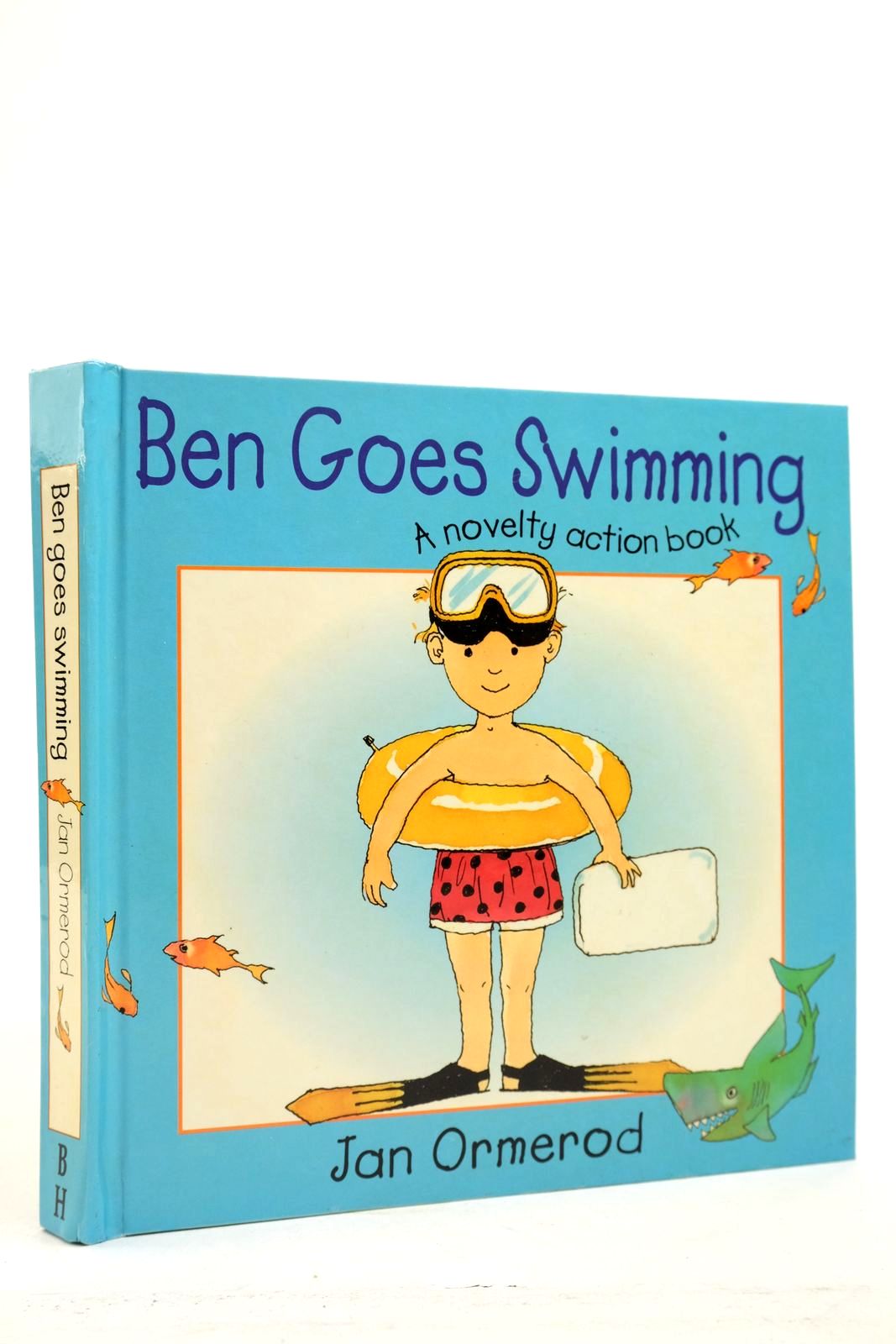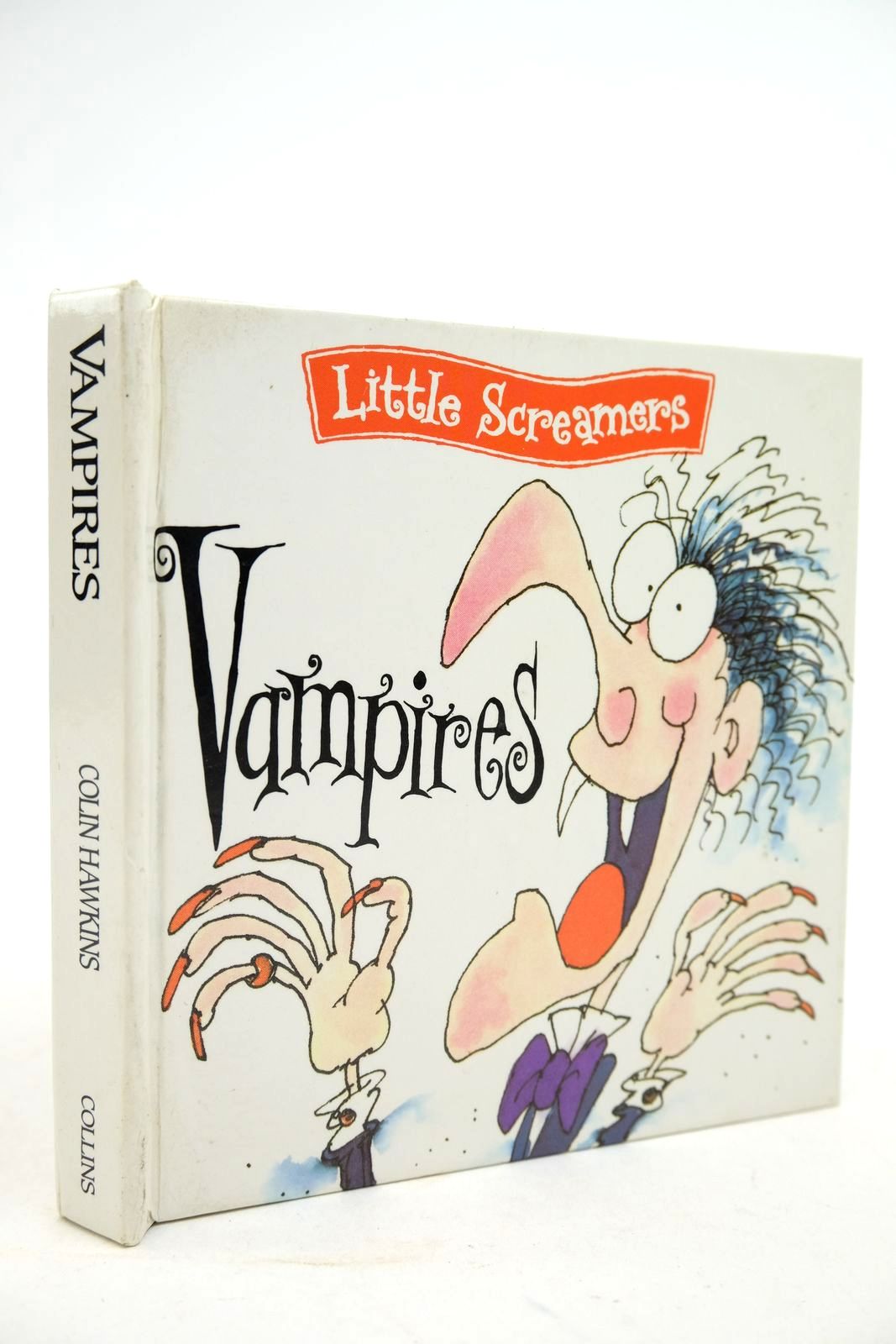Pop-up, Action and Moveable Books
Some books are different, some books have to have a special section of their own. Pop-up, action and moveable books all fall into this category with their own section in Room Four of the Stella and Rose’s Bookshop in Tintern.
Having grown up with pop-up books like Jan Pienkowski’s ‘Haunted House’ I have an enduring love of this type of book and working at the bookstore has introduced me to all kinds of moving books I was previously unaware of.
Moveable books were first created in the 1200’s by Benedictine Monks who attached sliding wheels to books to help work out the holy days. While that was the first known example of books with moving parts, the first book that had pop-up parts and was commercially available was published in 1775. All these books were so far aimed at scholars. It was not until the late 1700’s that pop-up books were made for children, and it was in the 19th Century that they developed into three-dimensional books which became popular initially in Germany and Britain. One such publisher was the now highly collectable Ernest Nister.
The great leap forward in the field of pop-up books came in 1929 with the publication of the Daily Express Children's Annual Number 1 "with pictures that spring up in model form". This was produced by Louis Giraud and Theodore Brown. When Giraud setup his own publishing house, Strand Publications, this produced the ground-breaking series of Bookano books. The 17 Bookano books are considered the first, true pop-up books for children because the pop-ups can be viewed from a full 360 degrees. These books are also known as ‘Peepshow’ books.
The next advance in the field was made by the astoundingly prolific Vojtech Kubasta working in Prague in the 1960s. His lead was followed by Waldo Hunt in the US with his founding of Graphics International and Intervisual Books, During the years that followed, Vojtech Kubasta’s three-dimensional books made him the publishing house's best-known book designer and illustrator. His pop-up books have been published in 24 different languages and 35 million copies have been sold. Today, original editions of his illustrations and books are sought after by collectors from around the world.
Recently the Tunnel book format has been resurrected by book artist Carol Barton and others as a sculptural book form. Artists are interested not only in the book's interior views, but also in treating the side accordions and covers as informational and visual surfaces. The Tunnel Book consists of a set of pages bound with two folded concertina strips on each side and is viewed through a hole in the cover. Openings in each page allow the viewer to see through the entire book to the back, and images on each page work together to create a dimensional scene inside. This type of book dates from the mid-18th century and was inspired by theatrical stage sets. Traditionally, these books were often created to commemorate special events or sold as souvenirs of tourist attractions. The term "tunnel book" derives from the fact that many of these books were made to commemorate the building of the tunnel under the River Thames in London in the mid-19th century.
Pop-up and moveable books range in price from modern publications at just a few pounds to the rare and sought-after items which sell for many hundreds of pounds. If you want to start on a journey of collecting children’s books there is no better place to begin than with these fascinating and fun books.
Contributed by Alison
(Published 26th Jan 2023)


